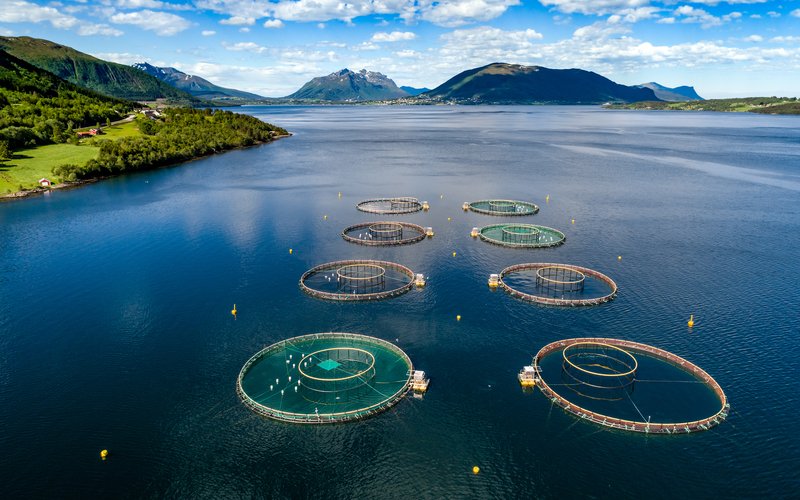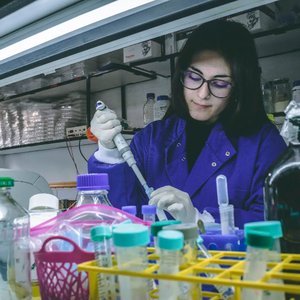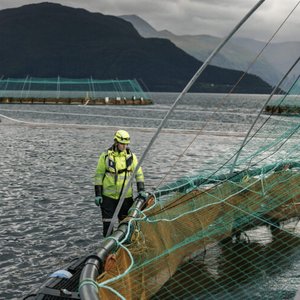The introduction of the Marine Aquaculture Research for America (MARA) Act of 2025 in the U.S. Congress marks a major step forward for sustainable U.S. aquaculture. This bipartisan bill establishes a momentous step forward to support the responsible research of open ocean aquaculture in the U.S. while prioritizing strong environmental standards and community resilience.
“The bipartisan consensus is clear: Congressional action is needed to build a robust American open ocean aquaculture industry, and the MARA Act lays the groundwork towards that goal,” said Drue Banta Winters, campaign manager of Stronger America Through Seafood (SATS). Banta Winters thanked Senators Schatz and Wicker for their leadership in advancing the legislation. The act aims to boost domestic seafood production in a responsible and sustainable way, similar to practices already in use both internationally and in U.S. state waters.
The Coalition for Sustainable Aquaculture (CSA) also celebrates the bill introduction. “As someone deeply invested in sustainable seafood and responsible food systems, I believe the MARA Act is a landmark opportunity for American aquaculture,” said Barton Seaver, chef and founding member of the CSA. He emphasized that the bill supports a food system grounded in environmental responsibility, while also bolstering food security and coastal economies.
The U.S. currently imports the majority of its seafood, with half of that supply farmed abroad. As seafood demand grows domestically, exploring sustainable seafood production through open ocean aquaculture holds the potential to reduce reliance on imports, foster American ingenuity and innovation, bolster U.S. food security, and lower carbon emissions associated with international seafood transport—while creating jobs and economic opportunities in coastal communities.
Drue Banta Winters highlighted the growing bipartisan support in Congress for advancing open ocean aquaculture in the U.S. She noted that environmental groups, seafood businesses, chefs, and academics back the effort. Drue Banta Winters continued. “With today’s advanced technology, the responsible farming of seafood can sustainably complement our nation’s wild-capture harvesting to meet the growing demand for fresh, American-raised seafood, create new job opportunities and encourage investment in working waterfront communities.”
However, the National Oceanic and Atmospheric Administration (NOAA) lacks the direct authority to put exploratory farms in the water that can inform the development of proper legal safeguards. This bill addresses that gap, providing clear guidelines to ensure safe, sustainable practices.
“The path to a responsible open ocean aquaculture industry in the U.S. must have its foundations in science, research, and community engagement,” said Maddie Voorhees, U.S. Aquaculture Campaign Director at Environmental Defense Fund and founding CSA member. “This bill is an important step toward harnessing scientific innovation and sound environmental practices to meet our seafood needs while protecting marine ecosystems. By leading with science, we can establish standards that prioritize both the health of our oceans and the resilience of our coastal communities.”
The CSA is encouraged to see that the MARA Act includes key provisions, such as establishing a NOAA Aquaculture Assessment Program to advance commercial-scale demonstration projects, evaluate environmental impacts, and develop best practices. It commissions studies to assess the environmental, regulatory, and social viability of open ocean aquaculture while incorporating lessons from U.S. and international experiences.
It commissions studies to assess the environmental, regulatory, and social viability of open ocean aquaculture while incorporating lessons from U.S. and international experiences. Additionally, the bill promotes workforce development and economic opportunities for fishing and aquaculture communities, supports innovation and education through Aquaculture Centers of Excellence at educational institutions, streamlines permitting by designating NOAA as the lead agency, and ensures inclusivity by integrating Tribal and Indigenous knowledge into regulatory processes.
“At The Marine Mammal Center, we’re encouraged to see the introduction of the MARA Act, said Jeff Boehm, Chief External Relations Officer at the Marine Mammal Center and CSA member. “A future in aquaculture where there is a scientific basis for decision-making, identified and agreed-upon best practices, and an assurance of environmental safeguards, for marine mammals and the ecosystems they rely upon, is essential to our responsible stewardship of the ocean.”
The CSA, a coalition of over 70 stakeholders ranging from chefs and fishermen to NGOs and industry leaders, sees this bill as aligning with their mission. After a recent visit to Capitol Hill to advocate for science-based aquaculture policy, the CSA views the MARA Act as a direct response to their efforts. As Capt. Jim Green, President of the Charter Fisherman’s Association and CSA member, said that “the question isn’t wild-caught or farmed, but rather,Is it healthy and sustainable?”
The MARA Act would:
- Establish an assessment program to evaluate commercial-scale demonstration projects.
- Create a dedicated Office of Aquaculture within the National Oceanic and Atmospheric Administration’s (NOAA) National Marine Fisheries Service to coordinate federal permitting for a U.S. aquaculture program.
- Set clear timelines and establish a consolidated environmental review process during the permitting approval process.
- Authorize grant funding to modernize American working waterfront communities, including infrastructure that benefits both commercial fishing and aquaculture.
- Invest in workforce training and curriculum development to train the next generation of aquaculture professionals.







